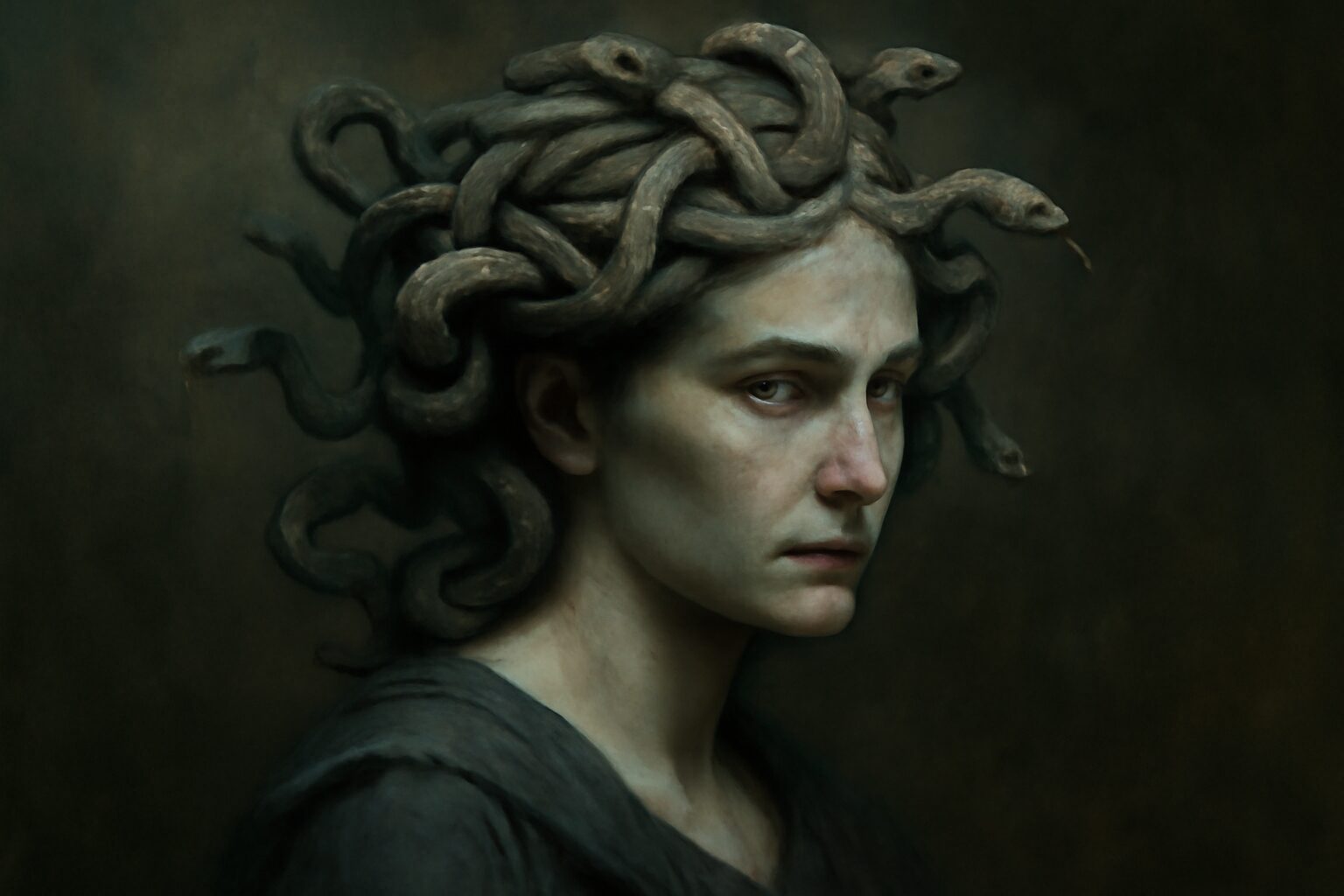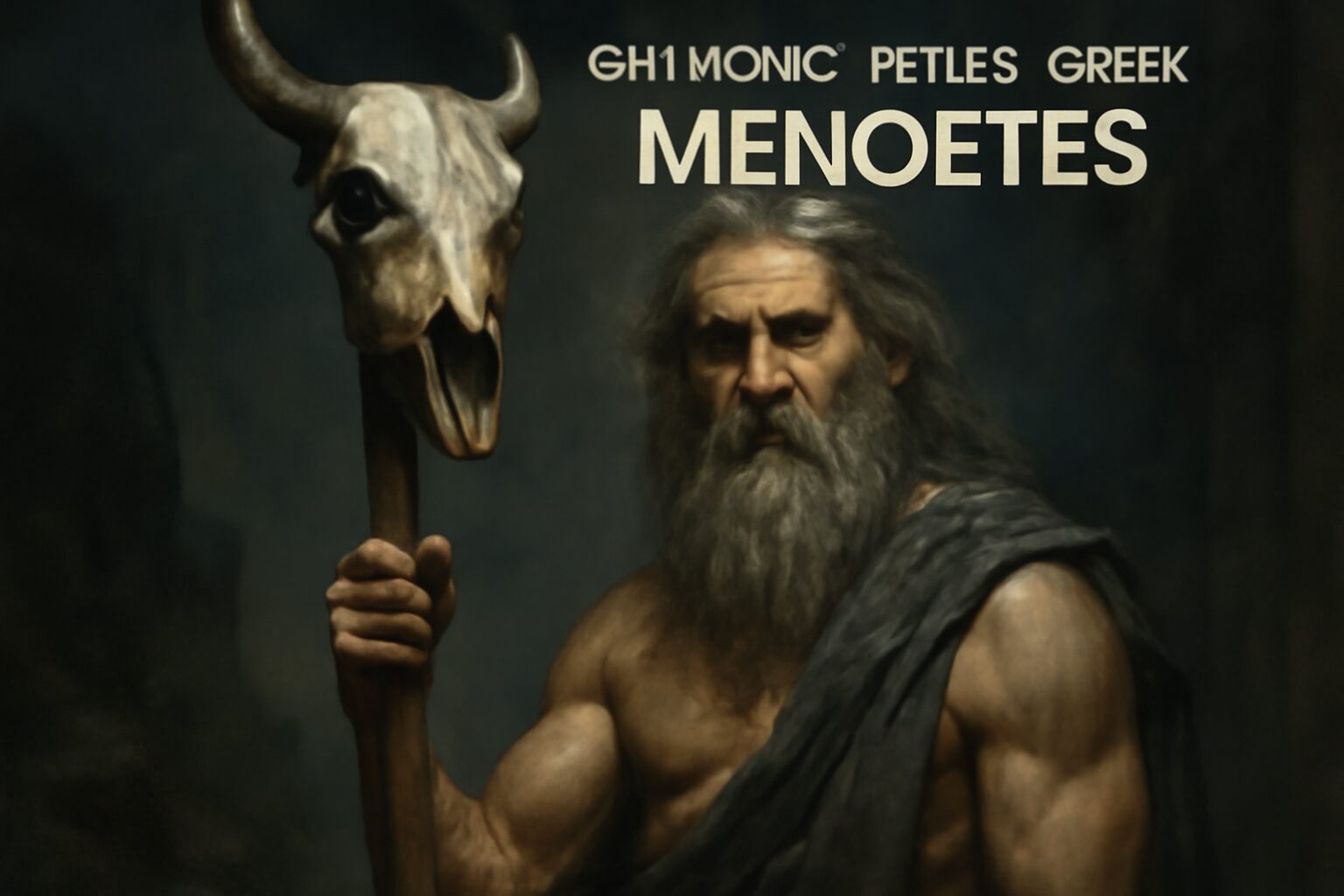Persephone: Queen of the Underworld
Persephone, the daughter of Zeus and Demeter, is one of the most fascinating figures in Greek mythology. Known as both the goddess of spring and the queen of the Underworld, her dual nature represents the cycle of life, death, and rebirth. Her story is central to the ancient Greek understanding of the changing seasons.
The Abduction by Hades
Persephone's most famous myth recounts her abduction by Hades, god of the Underworld. While gathering flowers in a meadow, the earth split open, and Hades emerged in his chariot, seizing her to be his bride. Her mother, Demeter, goddess of agriculture, searched desperately for her, causing crops to wither in her grief. This led to the first winter—a reflection of Demeter's sorrow.
Zeus eventually intervened, negotiating Persephone's return. However, because she had eaten six pomegranate seeds in the Underworld, she was bound to spend six months of the year with Hades (winter) and six months with her mother (spring and summer). This myth explains the seasonal cycle, linking Persephone’s fate to the fertility of the earth.
Powers and Role
As queen of the Underworld, Persephone held significant authority over the dead. Unlike Hades, who ruled with stern judgment, she was often seen as a compassionate figure, offering solace to departed souls. She also presided over the Eleusinian Mysteries, secret religious rites promising initiates a blessed afterlife.
In her role as a spring goddess, Persephone symbolized renewal and growth. Flowers bloomed in her presence, and her return from the Underworld each year marked the rebirth of nature. This duality made her one of the most revered deities in Greek religion.
Relationships and Worship
Persephone's relationships were complex. Though her marriage to Hades began with abduction, some versions of the myth suggest she grew to accept her role as queen. She was also associated with Dionysus in Orphic traditions, where they represented life and death cycles.
Worship of Persephone was widespread, particularly in Sicily and the city of Locri, where she was venerated alongside Demeter. The Eleusinian Mysteries, held near Athens, were among the most sacred rites in ancient Greece, emphasizing her importance in both mortal and divine realms.
Persephone’s enduring legacy lies in her representation of transformation—bridging the worlds of the living and the dead, darkness and light, despair and hope.
Alternative Names for Persephone
God Name: Proserpina (Roman)
Proserpina is the Roman equivalent of the Greek goddess Persephone. She shares similar myths, including her abduction by Pluto (the Roman equivalent of Hades) and her role as queen of the underworld.
God Name: Kore (Greek)
Kore, meaning 'maiden' or 'daughter,' is an alternative name for Persephone, often used to emphasize her role as the daughter of Demeter before her abduction by Hades. It highlights her innocence and youth.
God Name: Despoina (Greek)
Despoina, meaning 'mistress,' is a title sometimes associated with Persephone, particularly in Arcadian cults. It underscores her role as a powerful underworld deity and a goddess of mysteries.
God Name: Pherrephatta (Greek)
Pherrephatta is an older, possibly pre-Greek name for Persephone, found in some ancient texts and inscriptions. It reflects her ancient origins and regional variations in her worship.
Tales about Persephone
Persephone and Hecate: The Torchlit Search
When Persephone was abducted by Hades, her mother Demeter searched the earth in despair, but it was the goddess Hecate who first heard Persephone’s cries. Hecate, bearing twin torches, joined Demeter in the desperate hunt. Together, they traversed dark forests and shadowed valleys, their lights piercing the gloom. It was Hecate who eventually guided Demeter to Helios, the all-seeing sun god, who revealed Hades’ deed. This alliance forged an eternal bond between Persephone and Hecate, who became her companion and guide in the underworld, a beacon of wisdom in the realm of shades.
Persephone and Hermes: The Messenger’s Intervention
After Zeus decreed that Persephone could return to the surface—provided she had not eaten food of the underworld—it was Hermes, the swift messenger god, who was sent to retrieve her. Darting through the caverns of the earth, Hermes arrived in Hades’ somber hall and delivered Zeus’s command. His presence brought a flicker of hope to Persephone, and he escorted her back to the world above, where her mother Demeter awaited. Yet, because Persephone had consumed pomegranate seeds, Hermes later helped negotiate the compromise that bound her to return to the underworld for part of each year, forever linking the seasons to her cyclical journey.
Frequently Asked Questions
Who is Persephone in Greek mythology?
Persephone is the daughter of Zeus and Demeter, and the queen of the underworld in Greek mythology. She is best known for her abduction by Hades, which explains the changing seasons in the myth.
What are chthonic deities in Greek mythology?
Chthonic deities are gods or spirits associated with the underworld, earth, or the afterlife in Greek mythology. Examples include Hades, Persephone, and Hecate. They were often worshiped with different rituals than the Olympian gods.
Why is Persephone's story important?
Persephone's story explains the ancient Greeks' understanding of the seasons. Her time in the underworld (winter) and return to earth (spring) symbolize the cycle of life, death, and rebirth in nature.
How was Persephone worshiped in ancient Greece?
Persephone was worshiped as both a fertility goddess and queen of the underworld. The Eleusinian Mysteries, secret religious rites, honored her and Demeter, promising initiates a better afterlife.
What can we learn from Persephone's myth today?
Persephone's myth teaches about transformation, resilience, and the cycles of nature. Modern interpretations often see her story as symbolic of personal growth through difficult experiences.















